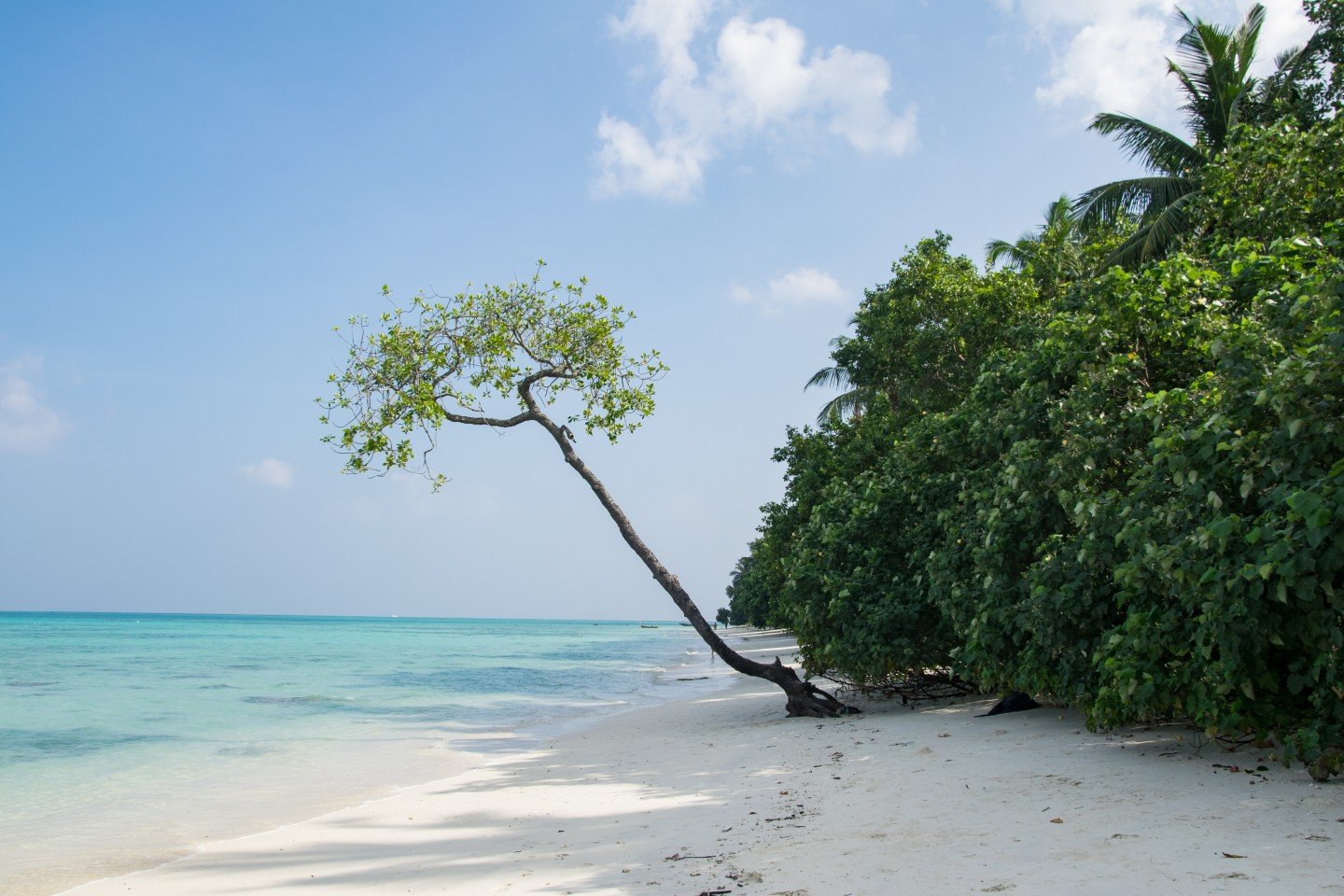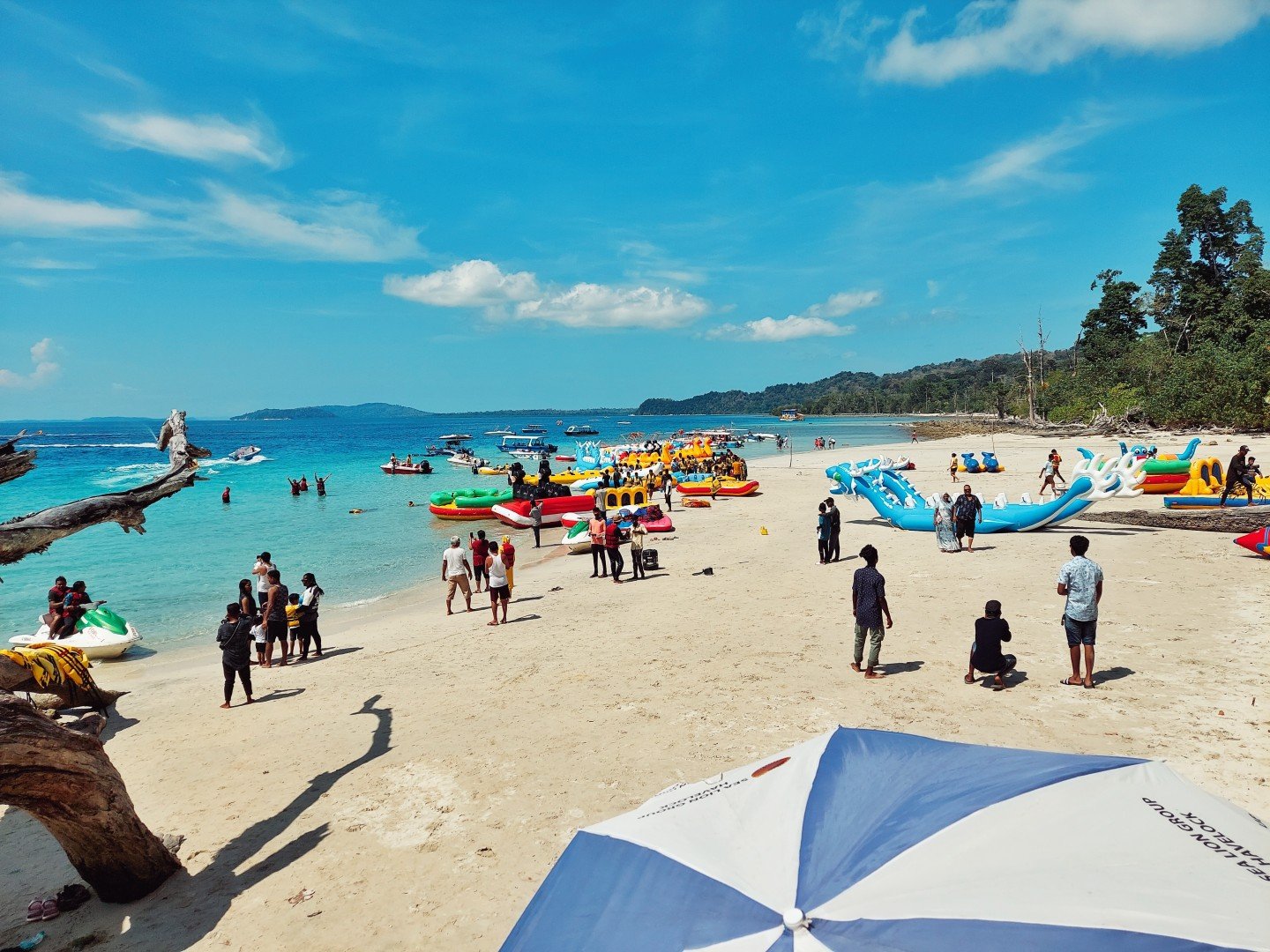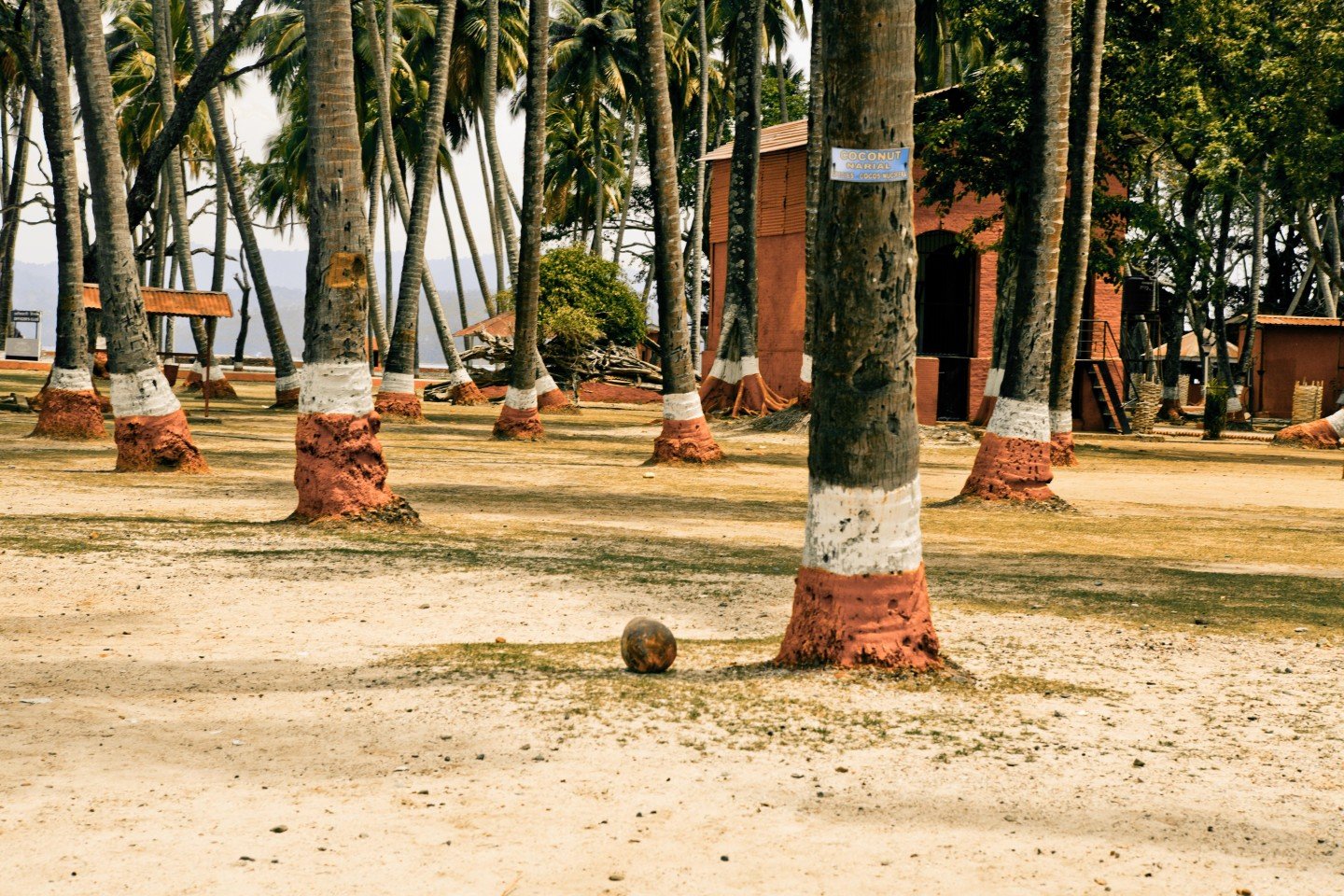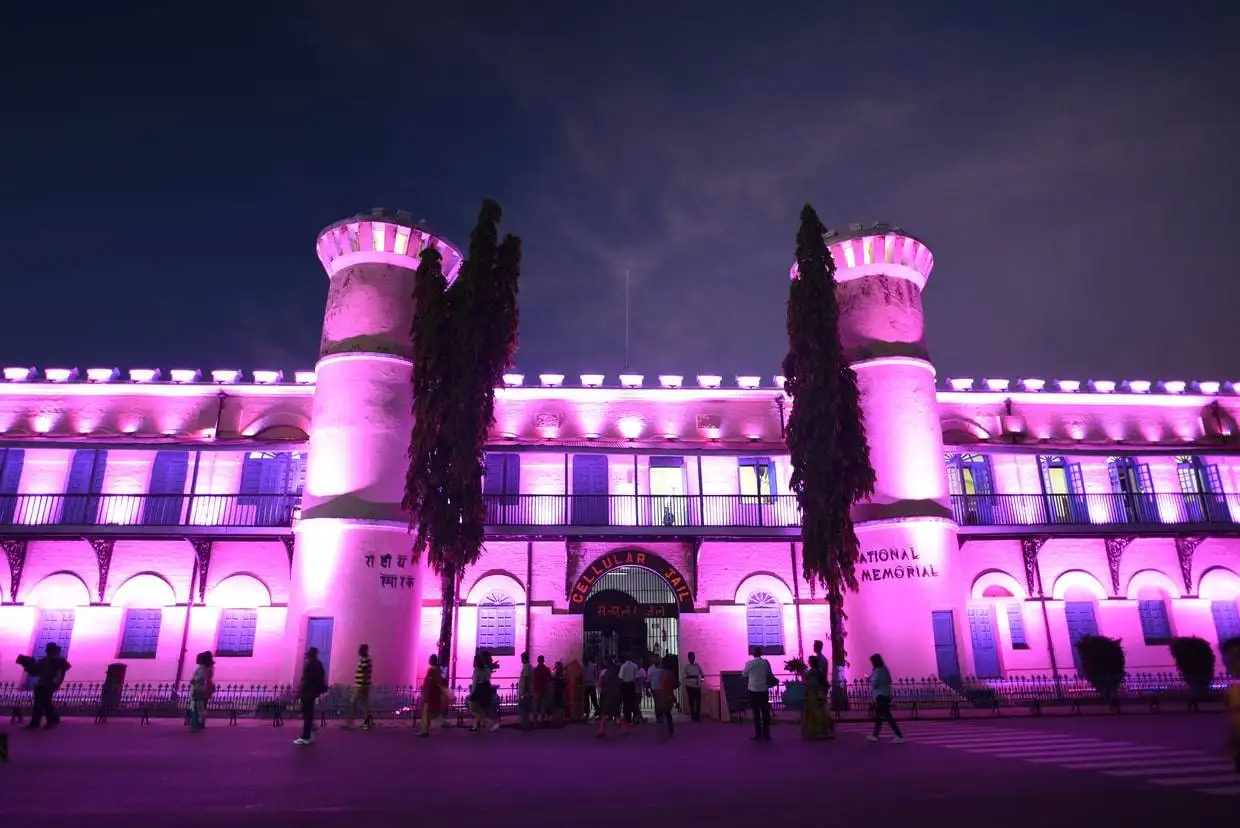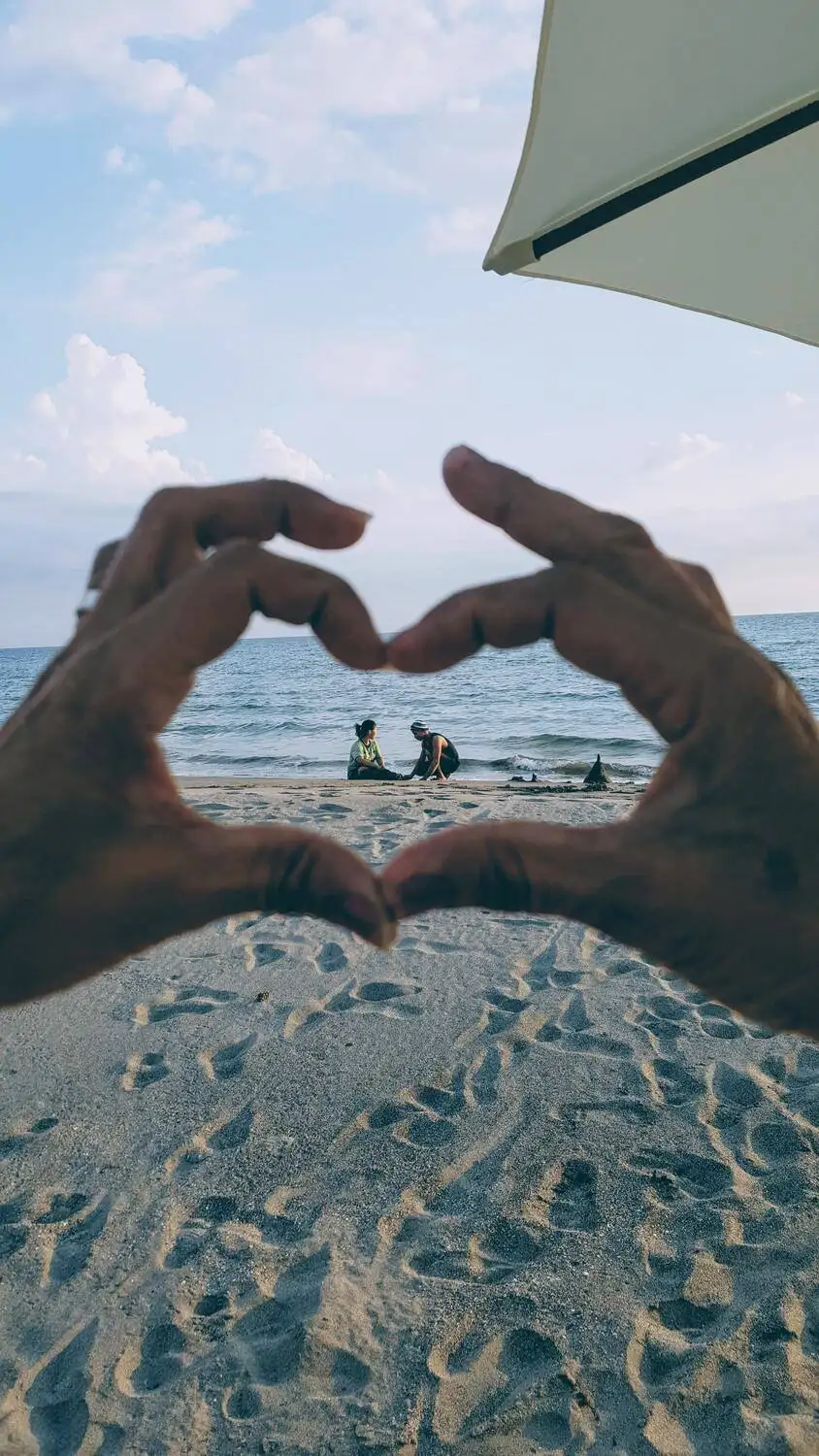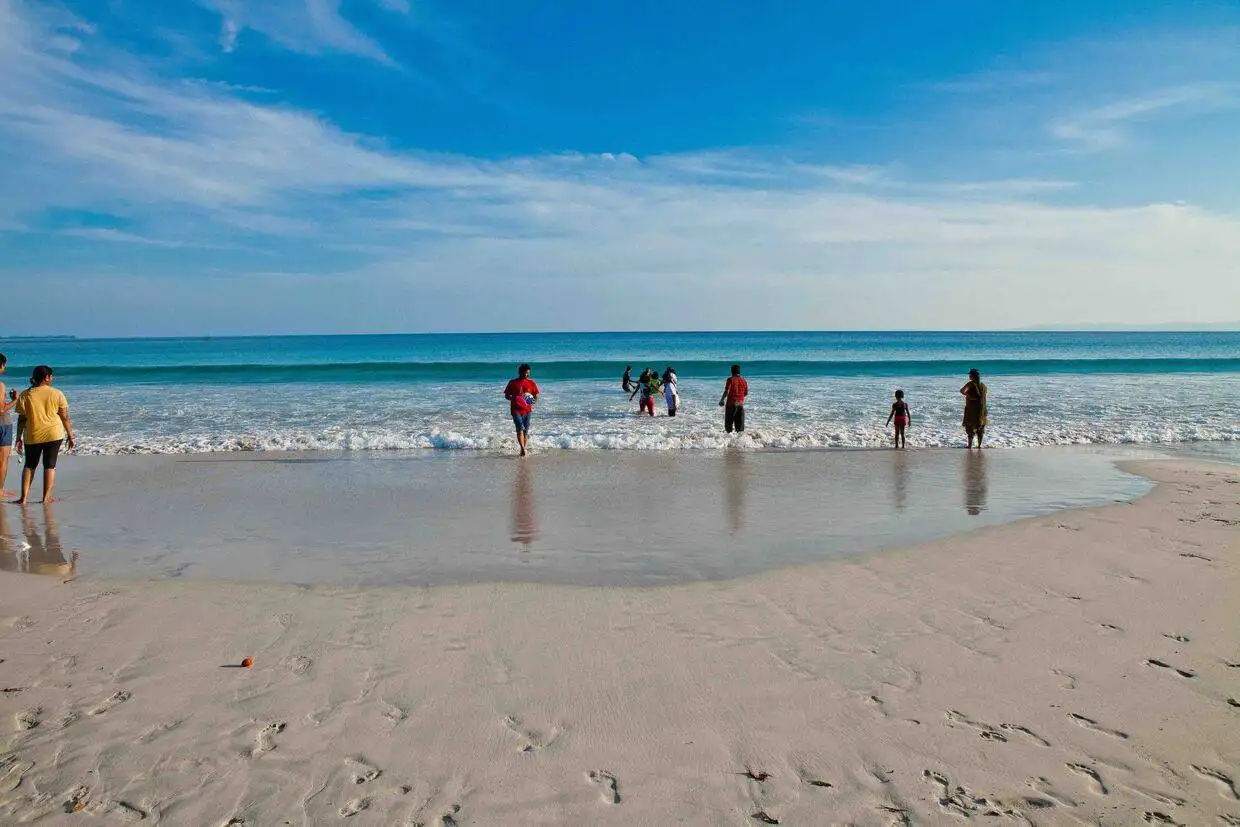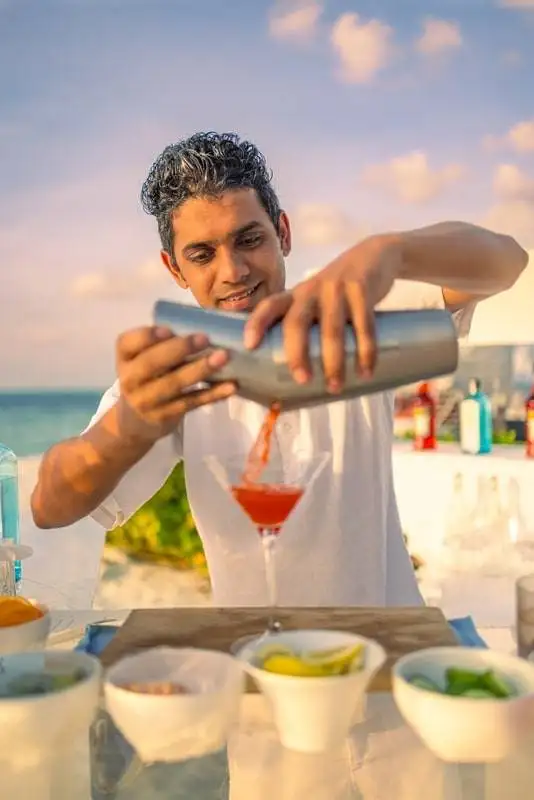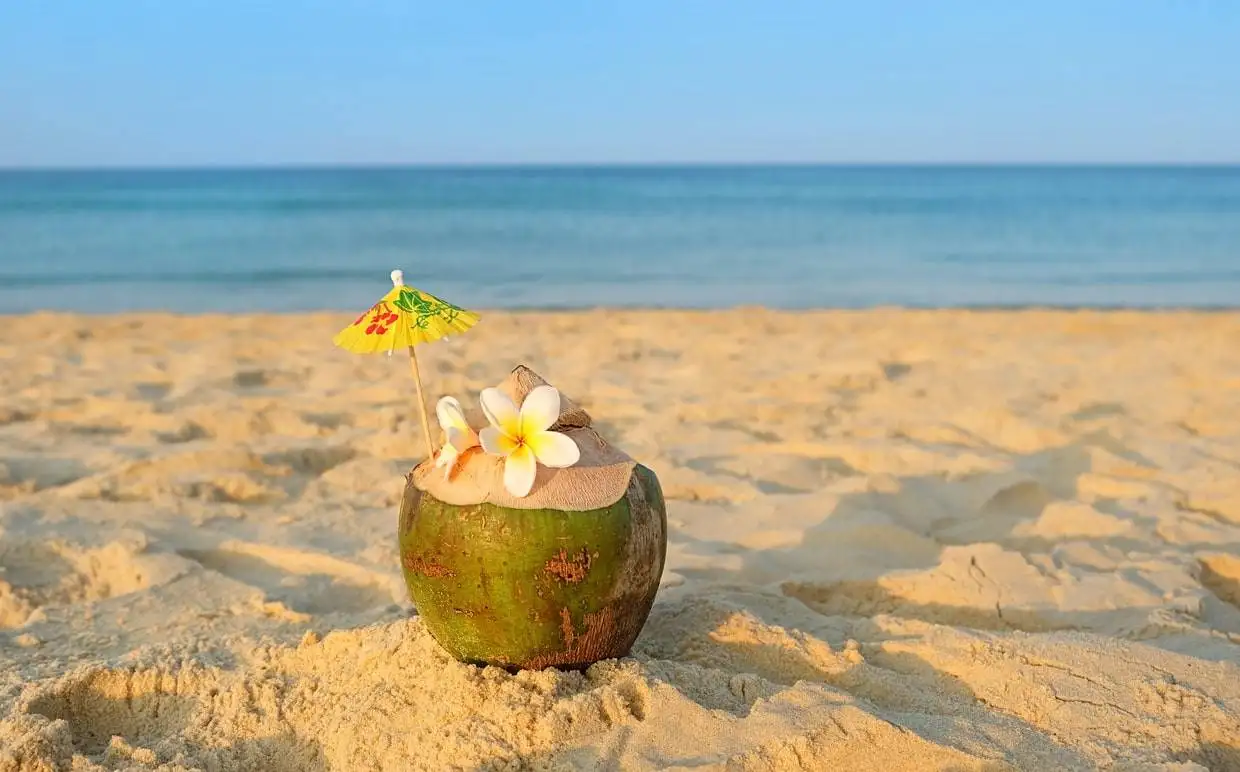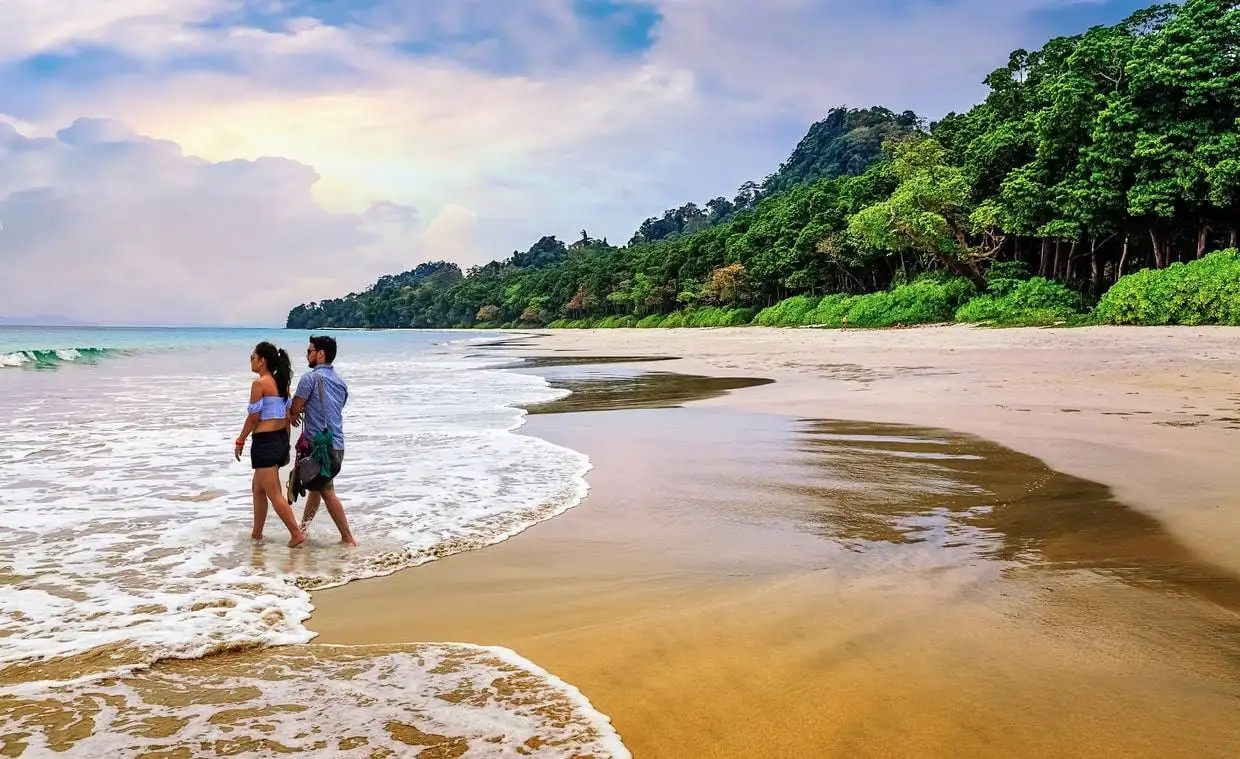The Andaman and Nicobar Islands, an archipelago in the Bay of Bengal, possess a rich and intriguing history spanning thousands of years. The islands were inhabited by a number of native tribes, such as the Great Andamanese, Onge, Jarwa, and Nicobarese, who lived in seclusion from the rest of the world for centuries. The strategic position of the islands rendered them a focal point for several colonial powers, ranging from the Chola empire in the 11th century, who utilized the islands as a naval base. But it was in the British colonial era that Andaman became really historically important when it was set up as a penal settlement, most prominently in the building of the notorious Cellular Jail at Port Blair, where Indian freedom fighters were held captive.
Andaman Repositioning As a Tourist Destination
The islands are now transformed from an exile to one of India’s most popular tourist spots. Andaman and Nicobar Islands are renowned for their stunning beaches, clear waters, high marine biodiversity, and living cultural heritage. Visitors from all over the globe come to the islands to savor its natural beauty and be in contact with its fascinating history and culture. With its pristine beaches and lush forests, Andaman is a perfect retreat for nature lovers, history buffs, and those who crave adventure.
Andaman Tribes and Their Traditional Dress of Andaman
One of the distinctive features of the islands is that the local population wears traditional clothing, which provides insight into their connection with nature and the history of their lives. The native Andaman and Nicobar Islanders have been in harmony with the environment for ages, and their traditional dress of Andaman gives us a great insight into the way they live their lives in simple and environmentally friendly ways. For example, the great Andaman wore clothes made of natural fiber, which are easily available in nature, such as leaves, bark, and tree fiber, such as coconut and palm.
The Onge and Jarwa communities also wore very little clothing, with practical designs that enabled them to survive the tropical weather and dense forests.
For the Nicobarese, coloured loincloths of cotton or bark became increasingly characteristic of their uniform. The clothing of the tribes is not only practical but also symbolic of their strong association with nature.
Discovering Andaman’s Culture and History
The islands bring together history and modern styles, so visitors can explore both the island’s untouched nature and experience luxury beach resorts.
In order to experience the natural and cultural heritage of the Andaman Islands, the majority of tourists prefer customized travel packages. Whether you take a 7 nights 8 days Andaman package or an Andaman itinerary for 5 days, all these packages offer the tourists the liberty to explore the islands according to their convenience. From lazing around at the serene shores of Radhanagar or Elephant Beach to indulging in the liveliness of the marine life at the coral reefs, the travelers have their fill of relaxation and adventure.

